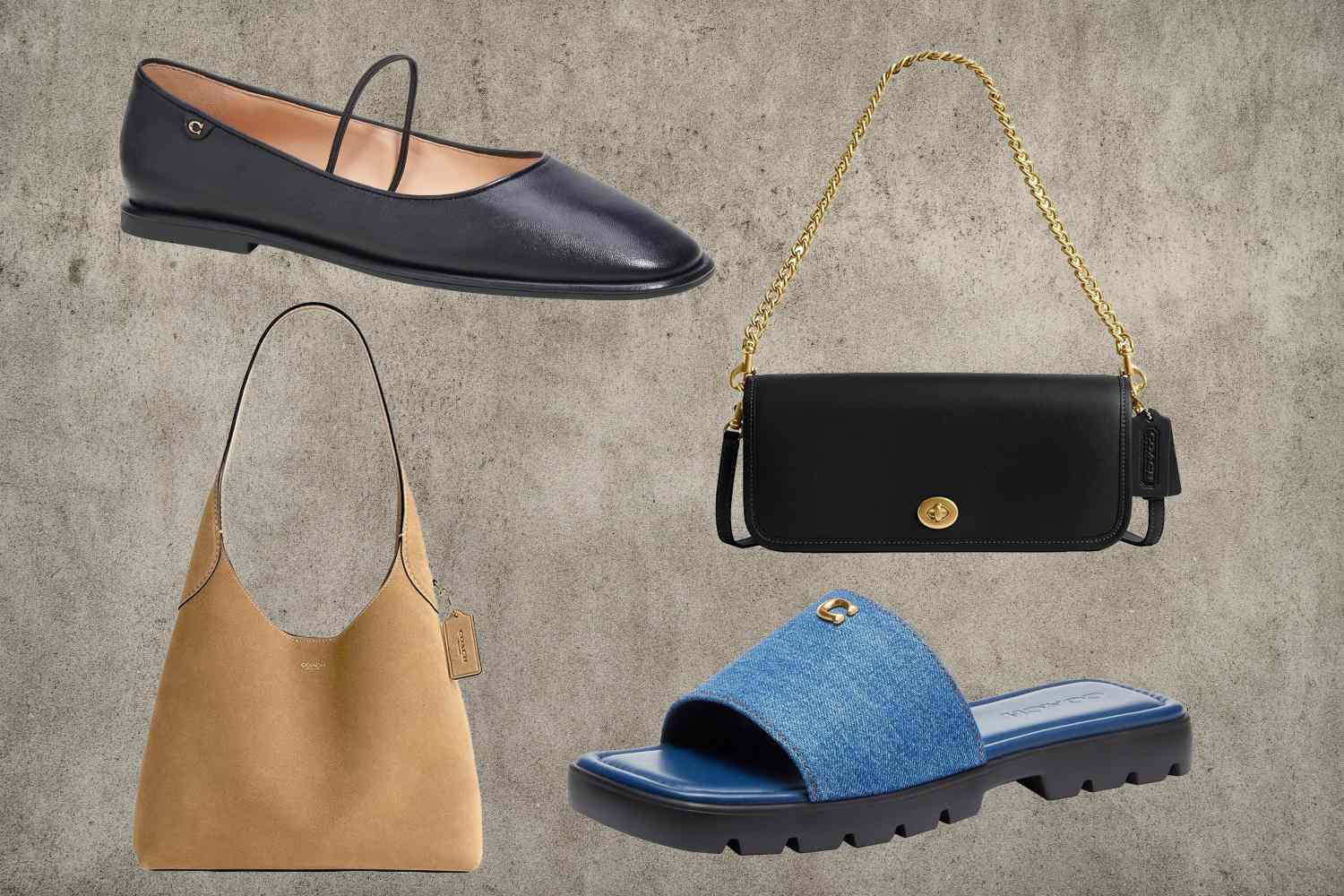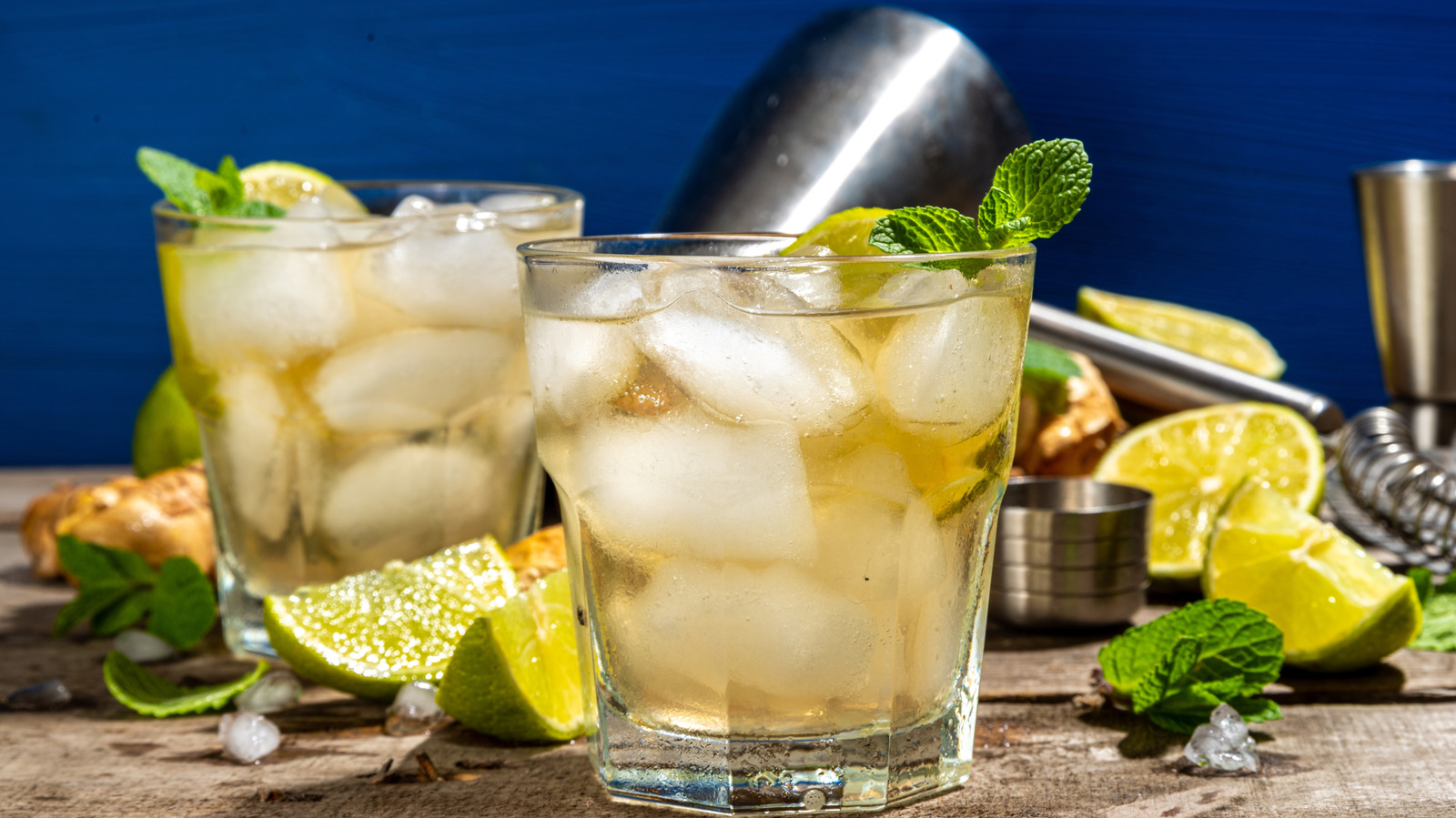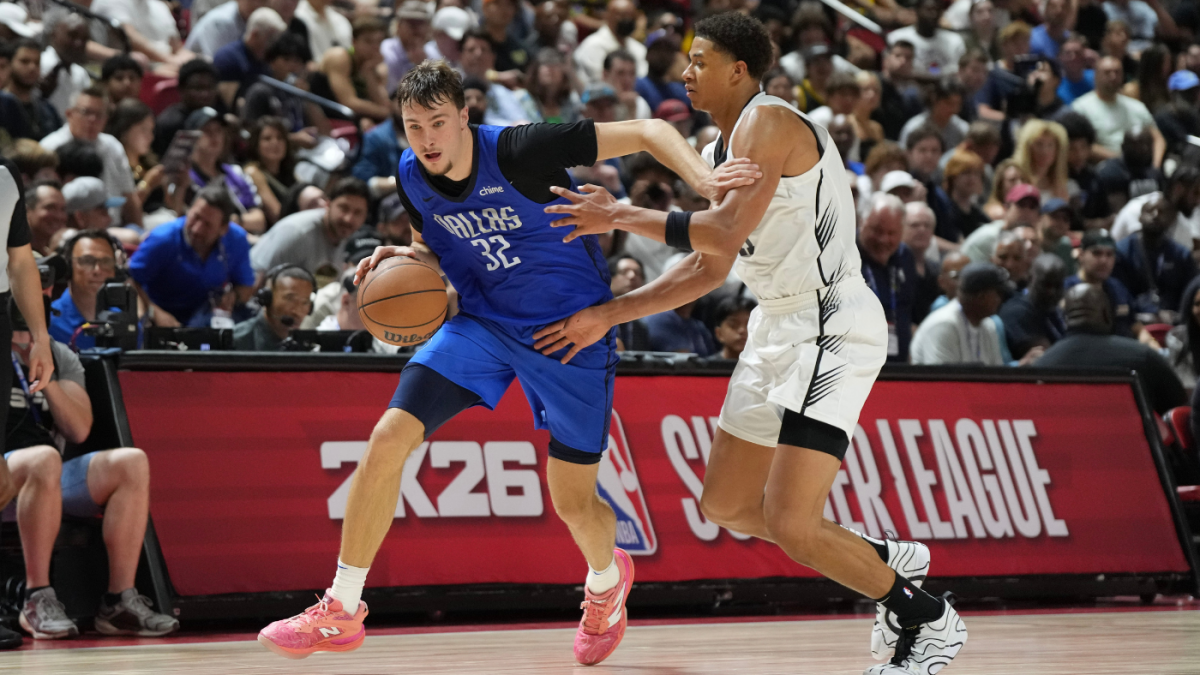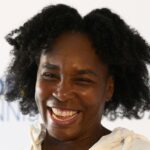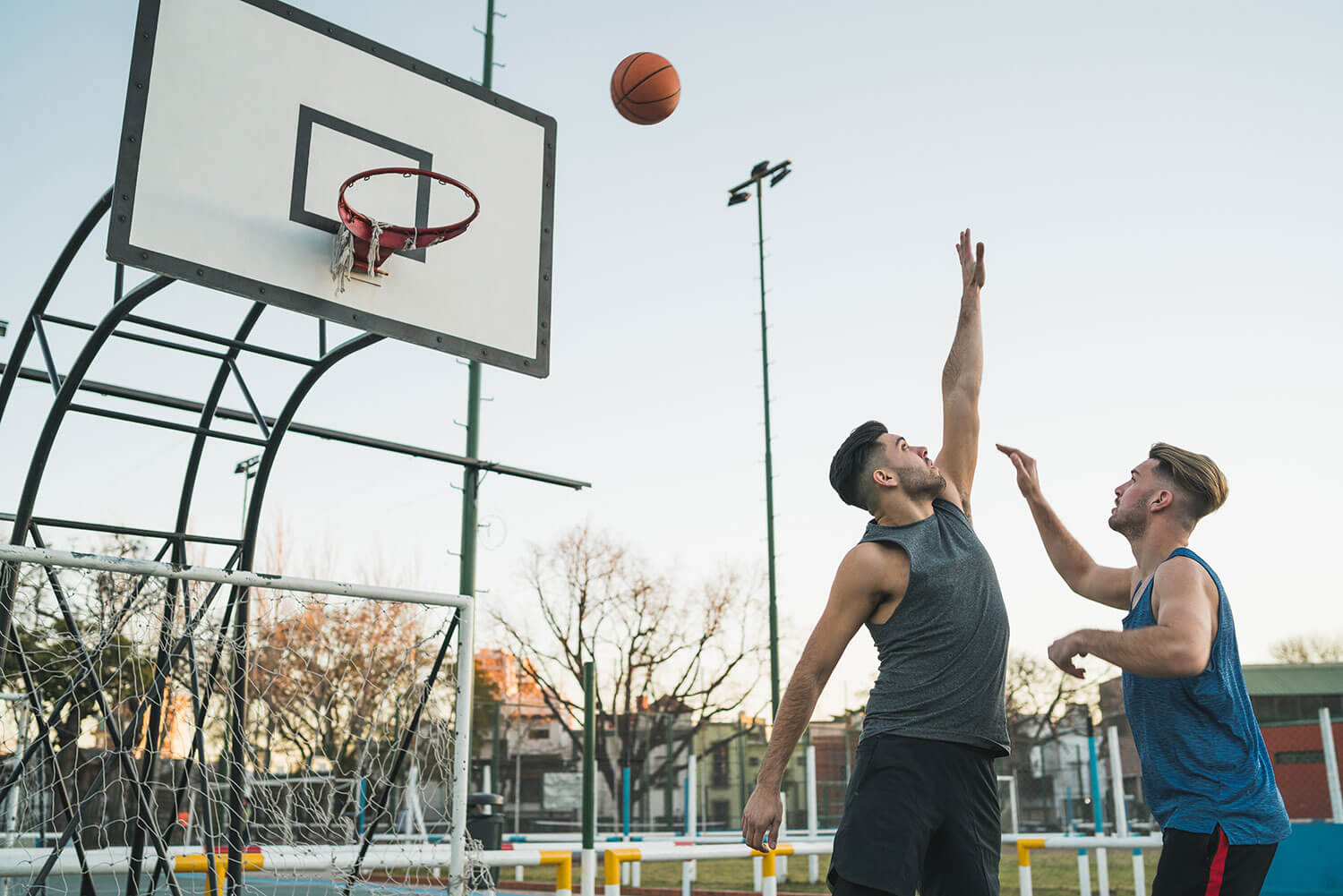NBA’s Las Vegas Summer League is almost in the books. The nearly two-week event has showcased some of the top rookies from the 2025 draft class, second-year players and NBA hopefuls looking to crack a rotation during the 2025-26 season.
The biggest storyline heading into Sin City was the debut of No. 1 overall pick Cooper Flagg facing off against Bronny James and the Los Angeles Lakers. Flagg struggled in his summer league debut, shooting just 6 for 21 from the floor in a dramatic win over Los Angeles. Flagg responded the next game with a 31-point outburst against the San Antonio Spurs. He was shut down for the remainder of the summer league after that performance.
While summer league overreactions are extremely common, it’s safe to say there wasn’t a player from the lottery portion of the draft who struggled like last year when Washington Wizards forward Alex Sarr averaged just 5.5 points per game — the lowest total of any first-round pick who played.
That said, let’s jump right into report cards for all the lottery picks from the 2025 NBA Draft.
Flagg entered the summer league with a tremendous amount of hype as one of four players in college basketball history to win National Player of the Year during his freshman season. It’s not surprising that Dallas decided to shut down the No. 1 overall pick after two games. He doesn’t have much to prove.
In his debut vs. the Lakers, Flagg shot 5 for 21 from the floor. He couldn’t buy a bucket, failing to record a field goal after halftime. However, one positive was that he consistently got to his spots. The second game was a different story. Flagg had one of the best showings of any player at the event against the Spurs. He flashed what he was capable of doing on both ends of the floor and how he would fit in as the point guard/primary initiator. Overall, his first game was a “C” performance, while his second game was a solid “A.” If he had played in more games, he would’ve had a chance to improve his grade. Grade: A-
No. 2 pick: Dylan Harper, San Antonio Spurs
The Spurs similarly shut down Harper after just two games in Las Vegas. He didn’t participate in the California Classic but had an overall strong showing in his short stint. One of his greatest strengths at Rutgers was his ability to finish at the rim. On shots at the rim in two games, Harper shot 7 for 16 (43.8%), which isn’t amazing, but a positive that he was able to attack the basket.
I’m very curious to see how San Antonio uses him during his rookie year. I would be surprised if Harper didn’t come off the bench for a majority of the season, as the Spurs already have De’Aaron Fox and reigning Rookie of the Year Stephon Castle on the roster. In his limited minutes, Harper showed why the Spurs made the right decision to prioritize talent over fit. Grade: A-
It’s unfortunate that Edgecombe didn’t play in more summer league games. He made his debut at the Salt Lake City Summer League and had an incredible performance, flashing exactly what made him such a hyped prospect. Edgecombe is the most athletic player in this draft class and had numerous highlight-reel plays in the summer league — including a powerful dunk in transition.
He only played in one game each in Salt Lake City and Las Vegas thanks to a wrist/thumb injury. You could tell watching him play that it was still bothering him. Still, the first game, in which he set the tone by recording 28 points, 10 rebounds and four assists, was everything the 76ers hoped for when they drafted him at No. 3. He did shoot 4 for 14 in his second game against Washington, but he finished with 15 points, six rebounds and four assists. Philadelphia should be thrilled with this selection. I’m excited to see how he fits next to Tyrese Maxey in the backcourt. His ability to play off the ball and be a pest on defense is exactly what the 76ers need. Grade: A-
Knueppel’s summer league debut was somewhat uncharacteristic. He had an off shooting night, which happens, but it was unusual to see him go just 3 for 6 from the free-throw line. For context, Knueppel was one of the best 3-point and free throw shooters in college basketball last season, going 117 for 128 (91.4%) from the charity stripe.
After his lackluster opening performance, Knueppel played incredibly. He showcased how he can be the perfect connective piece next to LaMelo Ball and Brandon Miller in Charlotte. He finished with 16 points and 10 rebounds against Dallas and then recorded 19 points, six assists and five rebounds the following game. In those two games, he shot 6 for 13 from the 3-point line and only missed one free throw. Grade: A
Bailey didn’t play in Las Vegas due to injury, so this grade is based solely on the two games he played in during the Salt Lake City Summer League earlier this month. No player in the entire process had a more interesting lead-up to the draft than Bailey. After he reportedly canceled a workout with the 76ers and declined to meet with other teams, the Jazz went bold and selected him at No. 5 overall.
Bailey played decent, even though his overall stats weren’t amazing. Two plays in particular stood out. One of them was a no-dip 3-pointer. In the same game, Bailey crashed the offensive glass, came up with the rebound and threw down a two-handed flush. There isn’t a large enough sample size (again, because he didn’t play in Las Vegas) to make a huge overreaction either way. He was good, not great. Time will tell if his pre-draft approach will ultimately prove to be the right decision in both the short and long term. Grade: B
No. 6 pick: Tre Johnson, Washington Wizards
Johnson was one of the best pure scorers in college basketball at Texas. He showcased why he can be one of the best scorers in his class during his short stint in the summer league. He only appeared in two games but finished with 18 points in his debut and 21 points in the second game.
Johnson was also very efficient. He finished 14 for 24 (58.3%) from the field and went 5 for 11 from beyond the arc. I wanted to see more of Johnson in the summer league, but he left no doubt that his scoring has a chance to translate to the next level. Grade: A-
Fears is a fascinating prospect. I still think he has one of the biggest boom-or-bust potentials from this class. When watching him play, you can see how smooth he is with the basketball in his hands. He is a crafty guard who had his best performance in a loss to Oklahoma City: 22 points, six rebounds and six assists. It was also his most efficient game during summer league, as he finished 8 for 15 from the floor.
Point guards, especially in this environment, are historically inefficient. Fears finished 4 for 12 in his debut and 5 for 21 in his next game. I thought he showed real signs of improvement as he continued playing and got more comfortable. However, his assist-to-turnover ratio was still bad. He finished with just nine assists, compared to 20 turnovers. That’s something he will have to clean up as he develops. Grade: C+
Out of all the lottery picks, this one was still the most surprising to me. I don’t think it was a massive reach taking Dёmin at No. 8, but there are still question marks about Brooklyn’s draft process. Let’s dive into the good first. Dёmin wasn’t a great shooter at BYU, shooting 27.3% on 4.3 attempts per game from beyond the arc. That was one of his biggest knocks coming out of school.
However, during the summer league, he showed that sample size could be an outlier, going 10 for 23 (43.5%) from the 3-point line. Our James Herbert had a nice breakdown of his summer league showing. If Dёmin develops as a shooter, it would be a massive development for Brooklyn. I still don’t know exactly what he will be in the NBA, because he’s not a true point guard. He finished with a negative assist-to-turnover ratio, which ironically was one of his strengths (facilitating) coming out of school. Grade: B-
Murray-Boyles was one of my favorite players in this draft class because his defensive tools are off the charts. His floor is going to be so high because he’s capable of guarding the best forward on the floor at all times.
The knocks on him during the pre-draft process were his size and shooting. He’s undersized for the position and his shooting needs work. His best showing in Las Vegas came against the Nuggets. He finished with 20 points, nine rebounds and four steals. Grade: B+
The Suns got great value by selecting Maluach at pick No. 10. You could make the case that Brooklyn or Toronto should’ve taken him at 8 or 9, but it sounded like him landing in Phoenix was by design.
Here is the thing about Maluach: his stats won’t measure the impact he has in a game. That was the case when he was at Duke and during the summer league. His long frame allows him to disrupt shots at the rim without recording blocks. He finished with four total in three games. He was also incredibly efficient around the rim last year at Duke. Summer league also proved an emphasis on stretching the floor. Sure, he shot only 3 for 13 from the 3-point line, but even showing a willingness to stretch the floor is positive. Grade: B
Coward did not play in summer league, as he is recovering from a shoulder injury. Grade: N/A
When people think of Essengue’s showing at summer league, they will (unfortunately) probably remember Pacers second-year forward Johnny Furphy throwing down a poster dunk on him. The unfortunate part of that game is that it was Essengue’s best showing at summer league, as he finished with 21 points and three rebounds.
Essengue is the youngest prospect in this class. He needs time to develop. After recording more turnovers (seven) than points (five) in his debut, he had two nice bounce-back performances in Las Vegas. Grade: B-
No. 13 pick: Derik Queen, New Orleans Pelicans
From a pure stats perspective, Queen was good. He recorded a double-double in each of his three games in the summer league and showcased what he can do while being a focal point of an offense. Queen was one of my favorite players to watch last season at Maryland, but I still have some concerns about his overall game.
First, let’s talk about the turnovers: Queen turned the ball over seven times in his debut and eight times against the Trail Blazers. While the turnovers themselves aren’t entirely concerning, the way they happened at times was. It’s a double-edged sword asking Queen to handle the rock more. While that was one of his strengths in college, his handle was loose at times while trying to get to the bucket. The concerns about what he will be on the defensive end of the floor are also valid. Overall, what he showcased was mostly what we saw at Maryland. Queen is going to be a very entertaining player to watch at the next level, but there will be some growing pains along the way. Unfortunately, an injury suffered during summer league will keep him out until at least October. Grade: B-
No. 14 pick: Carter Bryant, San Antonio Spurs
From an offensive standpoint, Carter wasn’t great. However, if you watched him at Arizona, that wasn’t that much of a shock. I’m still a huge believer in what Bryant can do at the NBA level as an offensive player because he has real upside as a shooter. He is mechanically sound and showed glimpses of what he can do off the catch and off the bounce from the perimeter.
Now, let’s get to where Bryant is going to make his money next season and the next five years. It’s on the defensive end. Bryant is one of the best defenders in this class. He uses his length and athleticism to guard smaller and bigger players on the perimeter. He’s excellent at navigating screens and can recover quickly to disturb a shot at the rim. As funny as this sounds, he will be better suited for a role at the NBA level than in summer league. He’s going to be a nightmare for opponents. If his scoring was a little more consistent last week, I would’ve given him a higher grade. And despite those offensive struggles — which again, will take time to develop — his floor is so high because of what he can do on defense. Grade: C+




